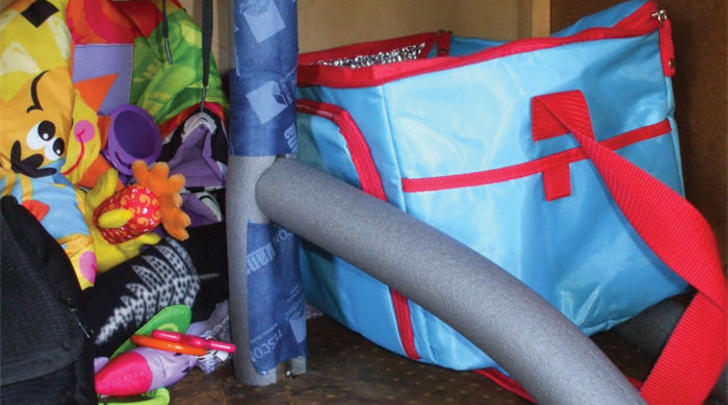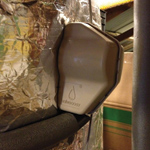DIY
How to insulate your pipes
Eion Scott

One of the most common and easily fixed faults we see is uninsulated hot water pipes.
If you have a hot water cylinder these are the copper pipes that come out of the top. Touch them and you can see how hot they can get – that’s precious energy that’s being wasted every time you run a hot tap.
Hot water rises and cold water falls, so the first metre of pipe coming out of the top of the tank is the most important part to insulate – or ‘lag’ as plumbers say. When cooled this water falls back into the tank and sets off the element unnecessarily. It’s also worth lagging any other hot water pipe you can get at, such as in the ceiling or under the floor.
The payback on doing this is very quick: foam tubes that fit around your cylinder’s pipes cost around $5 per metre from hardware stores (you’ll only need a few metres) but can save you up to $85 over a year.
And don’t worry that your hot water cupboard will no longer be good for airing clothes. There will still be sufficient waste heat to get the last bit of dampness from your clothes when they come off the line.
Step-by-step guide
Step 1
Cut tubes with scissors or a Stanley knife to match the lengths of pipe between fittings – remember that only the hot water pipes need to be lagged. You can find them by running a hot tap nearest the cylinder for a minute or two and seeing which pipe heats up.
Step 2
Slip the tubes on to the pipes, then depending on the product, glue or seal the edges by pulling off the protective plastic backing. Or if you’ve slit a whole tube in order to slip it on, reseal with a strip of insulation tape.
Step 3
Use insulation tape to connect the sections of tubing (tape is often supplied as part of a lagging kit). If lagging outside pipes, cover the tubing with silver tape, or paint it, to prevent sun damage.
Extra for experts

For an even better job, buy a Valvecosy to insulate the temperature/pressure relief valve if you have one. They’re available by mail order from www.shop.ata.org.au. You can also lag any fittings by taping offcuts of lagging over them.
